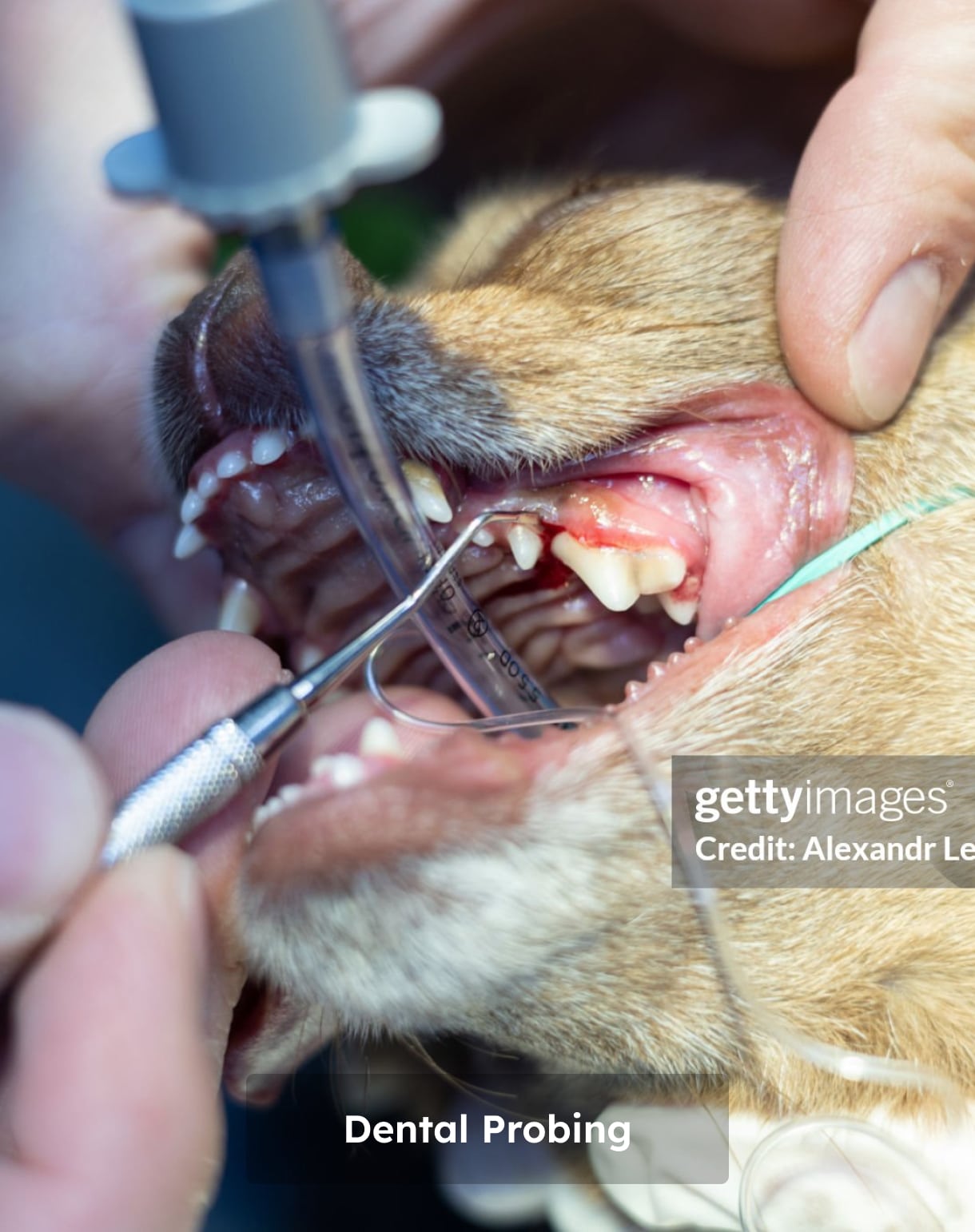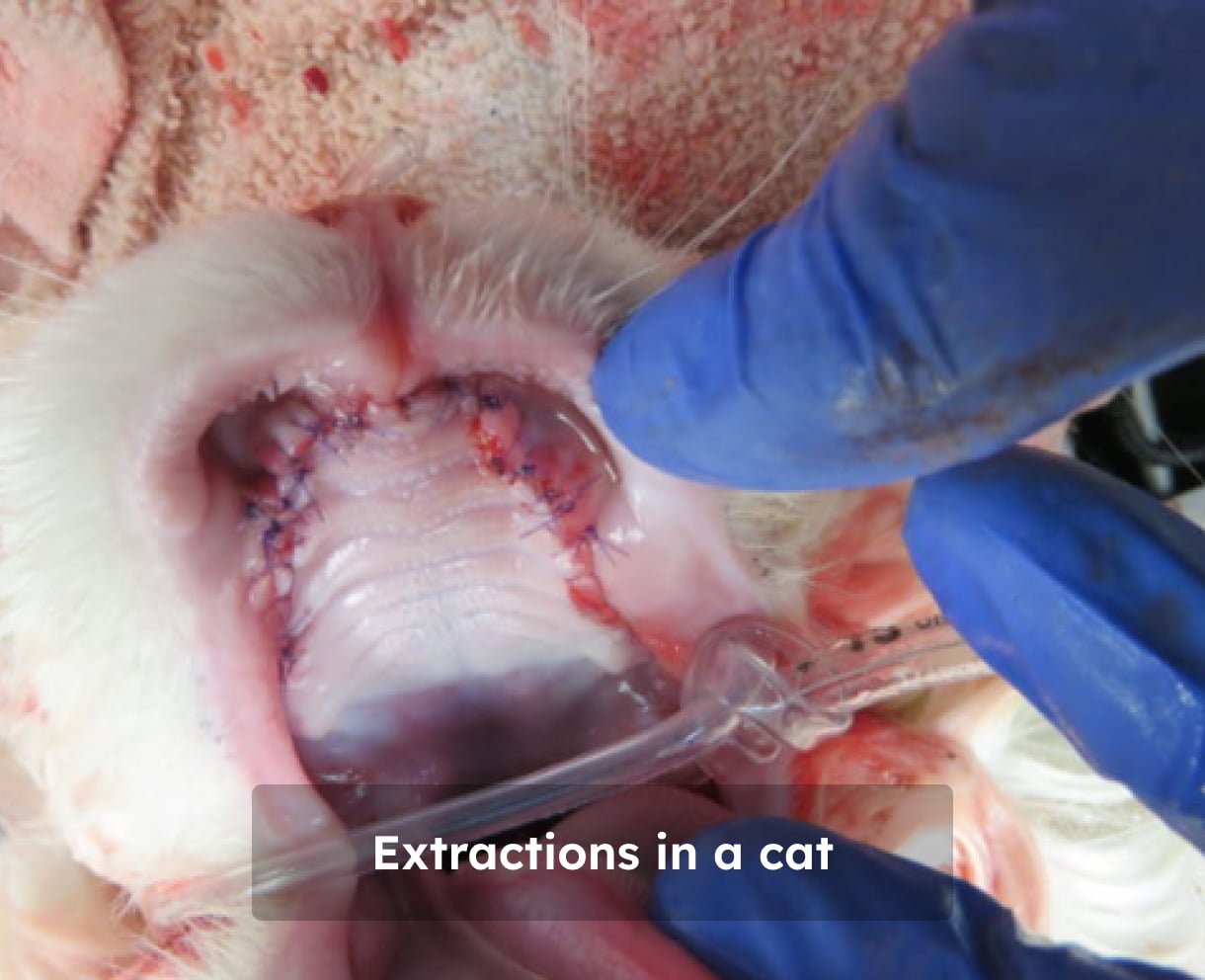Pet Dental Cleanings
Professional Teeth Cleanings for both Dogs and Cats include the following:
- A comprehensive physical exam and oral exam as well as a consult to discuss oral pathology.
- Pre-Anesthesia Blood Work to assess organ function prior to anesthesia.
- General Anesthesia includes IV fluid therapy and monitoring. Your pet’s anesthesia will be individualized to their specific needs. All patients are monitored continuously on a multiparameter unit which monitors their heart rate, respiratory rate, CO2 levels, temperature, the electrical conductivity of the heart (EKG), and blood pressure. We make necessary changes with anesthesia to keep your pet safe during the procedure. General anesthesia is required for all dental prophylaxis or any dental radiographs to ensure the airway is protected.
- Full mouth intraoral digital dental x-rays are obtained. These are obtained to evaluate for evidence of periodontal disease, fractured teeth, endodontic disease, assess for oral tumors, etc.
- Thorough professional periodontal therapy is performed.
- A thorough oral exam is performed under anesthesia to further assess for periodontal issues or other oral diseases.
- We send home a copy of medical records, dental charts, and discharge instructions for every patient.

Oral Surgery & Extractions

We prefer, if possible, to save teeth using root canal therapy. However, there are many indications for surgical extractions in our feline and canine patients. These include periodontal disease, chronic gingivitis/stomatitis, resorptive disease and severely fractured teeth. Most tooth extractions require an incision of the gingiva and minimal removal of bone to ensure extraction of the entire tooth. Some teeth require tooth sectioning to ensure full root removal. Care should be taken especially when extracting mandibular canines and first molars, as improper technique can lead to jaw fractures. Surgical extraction sites are sutured closed to prevent complications during the healing process. The sutures do dissolve on their own in 2-8 weeks.

